It seems like something out of Tales from the Dark Side or some other horror series. One moment you’re out and about, minding your own business, and the next you’re itchy and sore for apparently no reason.
This almost phantasmal attack feels a lot like a series of mosquito bites, but hurts worse and there are no mosquitoes in sight. Was it your imagination? Or was it the little devils known as no-see-ums?
The bane of gardeners, fishermen, and those who love the outdoors, these tiny pests are almost impossible to spot, but you’ll know when you encounter them. But just what are they, and how do you get rid of no-see-ums if you can’t see them?
See Also: What Temperature Will Kill Mosquitos?
Getting to Know No-See-Ums
A wise human once said that you should know your enemy. Of course, for something like no-see-ums, this seems like the exact opposite of what you want to do. But understanding what they are and what causes them to bite are crucial to dealing with them.
What Are No-See-Ums?
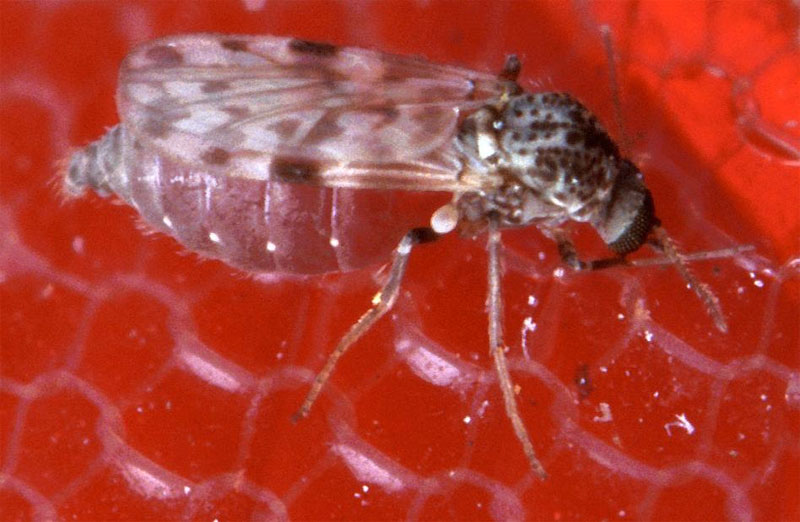
Also commonly known as biting midges and sand flies, these tiny critters are indeed flies which make up the family Ceratopogonidae. With over 5,000 species to be found in all parts of the world except the polar regions, they’re universally hated.
Even worse, they’re only 1/16th to 1/8th inches long, making them almost impossible to spot.
In the event you’re crazy enough to get close to one and look at it under a magnifying glass, you’ll find that species are usually grey, with the females gaining a reddish hue after a blood meal.
Their antennas have 15 segments and they more closely resemble mosquitoes than houseflies in general body proportions.
What Time of Day Do No-See-Ums Usually Come Out?
As a general rule, you’re most likely to run into biting midges in the morning or evening. Throughout most of the US, they’ll be around from mid to late summer. However, in more southern climates (especially in humid spots like Florida or southern Louisiana), these pests may appear earlier.
They are also more likely to spring up at beaches than far inland due to the increased heat and humidity. They’re generally more active (and aggressive) a few days before and after the full or new moon. This is likely because the moon most affects bodies of water during these times.
What Attracts No-See-Ums?
There are a couple things that can draw the attention of these tiny vampires, some of which are avoidable. For example, they’re attracted to bright lights, such as street or porch lights. This is also part of the reason swarms of biting midges will show up around puddles on a sunny day.
Speaking of puddles, humidity is another major draw. This could be from a recent bout of rain, your lawn sprinkler, or washing the car at the wrong time of day. Remember, these flies are very similar to mosquitoes, so a lot of what attracts one will also attract the other.
Much like sweat bees, they’ll also seek out carbon dioxide emissions and chemicals found in human sweat, such as saccharides and antigens.
The amount excreted varies from person to person, and that person’s individual biology may even affect how well a repellent works, so one person in a group may be at much higher risk of no-see-um bites than others in the same group.
Why Biting Midges Bite
No-see-ums have a lot in common with mosquitos, fleas, and other small blood-sucking pests. The females require a blood meal to lay their eggs, which can be as often as seven times during their adult life, each with as many as 400 individual eggs!
When you consider these monsters travel in packs and it’s almost never just one midge bite, you can see how prolific they really are.
But one big difference between these critters and mosquitoes is how they feed. A mosquito has a proboscis, which it uses like a needle to stab you and draw blood. Meanwhile, the no-see-um has a really nasty mouth, with four tiny cutting blades that cut into you like tiny saws. This is why they have such a painful bite.
Furthermore, their saliva contains anticoagulants that cause blood to pool near the incision wound for them to lap up. This is why the wounds tend to be redder and itchier than with a mosquito. A single midge may bite you multiple times, adding to the irritation.
The good news is that, like mosquitoes, only the females bite, and the males are much more inclined to enjoy nectar and (on rare occasion) tree sap.
See Also: What Bit Me? (Bug and Spider Bite Identification)
Can No-See-Ums Bite Through Clothes?
Sadly, the answer is yes, but it’s not overly common. Long sleeves and pants can greatly reduce the amount of exposed skin when working in the garden, but some fabrics are woven loosely enough that the midge can get through.
No-See-Ums and Disease
It should be of no surprise that a blood-drinking pest will also carry transmittable diseases and bacteria, some of which will affect humans and some that can harm pets or livestock.
While there are no reports in the US of diseases in humans being caused by these critters, they can and do affect livestock and have been known to spread disease in other countries. A few of these potential diseases and parasites include:
- Bluetongue (livestock)
- Carrion’s Disease
- Epizootic Hemorrhagic Disease (livestock, especially deer and horses)
- Leishmania
- Mansonella perstans
Of course, the allergen factor does play a role, and some people can have extremely severe reactions to sand fly saliva which may require medical attention or even prove fatal in the worst cases.
However, this isn’t overly common and is another example of how everyone’s experience with no-see-ums may vary.
How to Get Rid of No-See-Ums
While more of a nuisance than anything else, it’s still important to eliminate these clouds of tiny vampires when they show up. This can involve a combination of prevention, elimination, and repelling techniques.
Be Less Inviting
There are a lot of ways you can make your home (and yourself) less attractive to sand flies. A lot of these will also help you avoid other critters as well.
#1 – Turn Down the Lights
Bright lights are one big draw for midges, moths, and a bunch of other evening pests. Be sure to turn off any lights in the garden, porch, deck, etc. when not using them.
You may also wish to keep the curtains drawn if you have a light on in that room. When the swarm comes, they will see your lights off, your neighbor’s on, and will likely pay them a visit instead.
#2 – Minimize Standing Water
Because females require standing water to lay their eggs (yet another similarity to mosquitoes), you’ll want to eliminate any spots on your property where water accumulates. Even moist soil can be a potential breeding ground.
You can make water features less attractive by adding a circulation pump so the water’s surface doesn’t remain stationary. Indoor infestations are rare, but it’s a good practice to check any room with plumbing for potential leaks.
#3 – Protective Clothing
You should also consider wearing protective clothing, whether or not you’re using a repellent. This won’t help on a beach, but it can certainly help out in the garden.
Bug jackets and clothes made of bug resistant netting can make a huge difference and are usually more airy than other fabrics, so you’ll sweat less in the summer heat as a bonus.
Getting Rid of Biting Midges in Your House
Thankfully, it’s pretty rare for a no-see-um infestation indoors. Sometimes some midges will get in through entry points or an open window to wreak a little havoc. This is easy enough to deal with, though.
#1 – Bug Trap
A bug trap, especially one that uses UV light like DynaTrap brand traps, is a great way to lure these critters to their doom with minimal effort. As a bonus, these traps also work against bedbugs and other household vampires.
Light traps, when paired with artificial lights designed to be unattractive to bugs, can be a great way to fight insects. However, a study found that the light traps are less effective during a full moon, likely due to the abundance of natural light.
#2 – Keep it Cool
You can also simply chase them out by keeping the thermostat below 70 degrees, reducing humidity, and keeping lights off in rooms you’re not going into. Air conditioners can be a huge help here.
Meanwhile, replacing any damaged screens and sealing entry points are both great ways to ensure they don’t get in in the first place.
#3 – Protecting Porches and Patios
Depending on how these spaces are set up, there are some alternatives to using insect repellents or hiding indoors.
For example, if your deck or patio has a frame (or one can be added), you can enclose them with mesh screens to keep bugs out while still enjoying the air. Porches can also be enclosed in a similar manner. Just be sure to add a screen door to ensure you can get in and out!
A porch ceiling fan can also sometimes deter flying insects. Alternatively, you can use some citronella candles, which we’ll discuss further in a moment.
Getting Rid of Sand Flies Around the Pool or Pond
As mentioned before, water circulation can help deter no-see-ums from water features, but what about really big ones, such as the swimming pool or a pond? There are a few additional measures you can take with both that will reduce their attractiveness.
#1 – Citronella
One of the best ways is to invest in citronella torches or candles. The smell of citronella will repel a wide range of insects while most people find it to be quite pleasant and somewhat reminiscent of lemongrass. Just light them up a little while before you go diving in.
#2 – Repellent Spray
Give yourself a coating of Off! or some other effective repellent just in case a few midges are still hanging around. Also, pick a time for your dive around midday when the pests are less likely to be active.
#3 – Drain Pool When Not Being Used
Finally, drain your swimming pool when it’s not being used. Obviously, you can’t drain the pond, but you can ensure it has good water circulation.
An unused pool can attract a lot of bugs and wildlife, and even covering it won’t necessarily keep them out, so do your best not to leave it full unless you have a full water filtration system going.
Getting Rid of No-See-Ums in Your Yard and Garden
We’ve covered water features, but what about the rest of your yard and garden? These areas can create a lot of shelter or attractants for sand flies.
#1 – Avoid Watering at Certain Times
Let’s say you’ve already eliminated any standing water. You may also need to turn off any lawn sprinklers or irrigation systems during the midges’ active hours. Avoid using the hose in morning and evening as well, if you suspect these pests are about.
#2 – Remove Debris
Keep the area free of debris, including leaves and fallen fruit. While this does more as a preventative against other pests, it can help reduce the available shelter for midges, as well as making it less likely that morning dew will stick around. Also, while not common, no-see-um larvae have been known to infest rotting fruit.
#3 – Plant Citronella
Consider planting some citronella (make sure it’s not the deceptively named mosquito plant). Citronella by itself won’t repel mosquitoes or sand flies, but they make for a wonderful groundcover.
Plant them along paths and in areas you’re likely to walk a lot, as the oils in these grasses are what repels the bugs. You get an attractive grass that gives off a pleasant scent when you trample it, and can deter pests at the same time!
Likewise, many other wonderful plants give off scents that no-see-ums don’t like. Some of these include:
- Ageratum
- Basil
- Catnip
- East Indian Plant
- Eucalyptus
- Garlic
- Lavender
- Lemon Balm
- Lemon Thyme
- Lemon Verbena
- Lemongrass (do you see a pattern here?)
- Marigolds
- Pennyroyal
- Peppermint
- Rosemary
Many of these plants also provide essential oils which you can purchase for homemade repellents, such as peppermint and eucalyptus.
Homemade Repellents and Traps
Speaking of which, it’s pretty easy to make your own remedies with products you likely already have lying around the house. Remember, everybody’s body is different, so your mileage may vary on how effective a particular recipe will be.
That said, here are a few good ones to try out.
Essential Oil Spray
A number of essential oils will repel no-see-ums, such as citronella, eucalyptus, lavender, lemongrass, peppermint, and tea tree oil.
To make a spray, just add 5 to 10 drops of your favorite oil to two cups of water, pour into a spray bottle, and treat it like any normal repellent spray.
Vinegar Spray
You can make a deadly spray using white vinegar and essential oils that doubles as a repellent. Just mix 3 tbsp. citronella, 1 tbsp. eucalyptus, and 2 cups white vinegar into a cup of distilled water.
The mix will kill midges on contact and repel them at the same time.
Vinegar Trap
As with fruit flies, vinegar is a great weapon for luring biting midges to their deaths. Simply mix 2 drops of Dawn dish soap into 1/4 cup of apple cider vinegar until you see some suds.
Leave the mixture out in a small bowl or bottle trap and the flies will drown trying to get to the vinegar.
- How to Get Rid of Hawks - March 8, 2024
- How to Get Rid of Pill Bugs (Rolly Pollies) - March 1, 2024
- How to Get Rid of Groundhogs (Woodchucks) - February 5, 2024

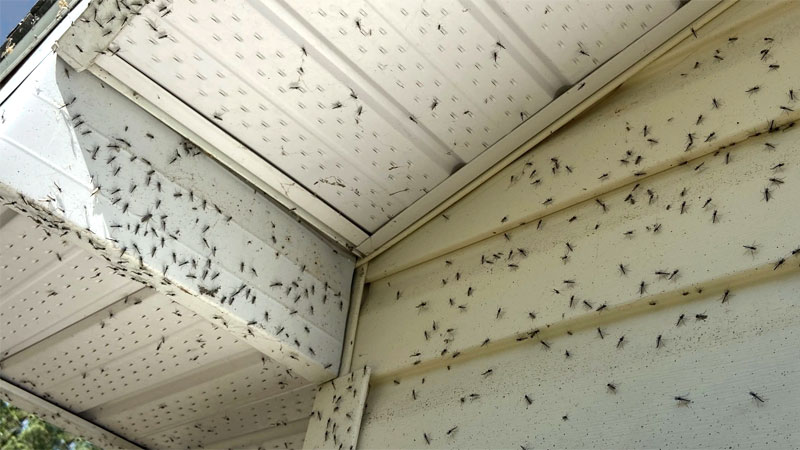
 Just tell me how to get rid of ’em.
Just tell me how to get rid of ’em.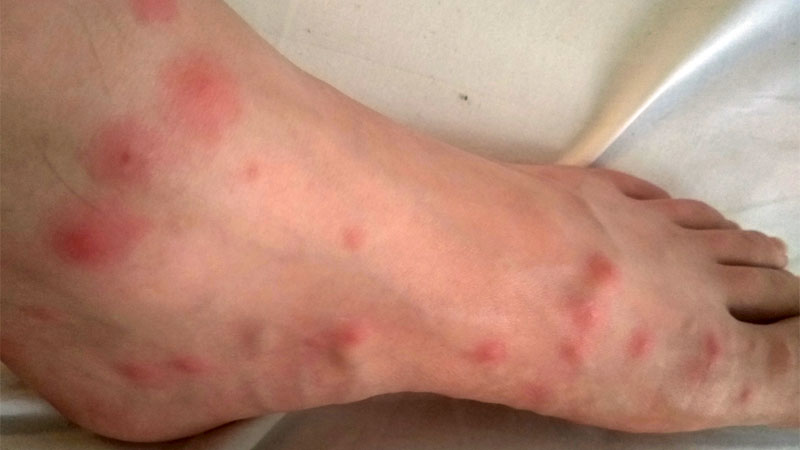
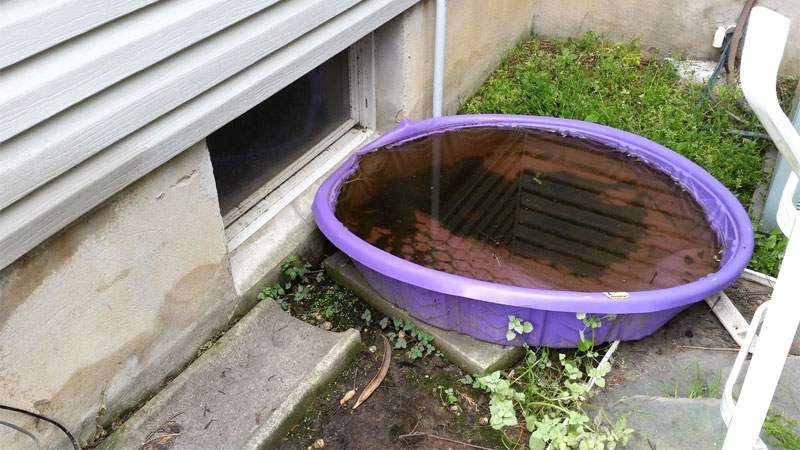
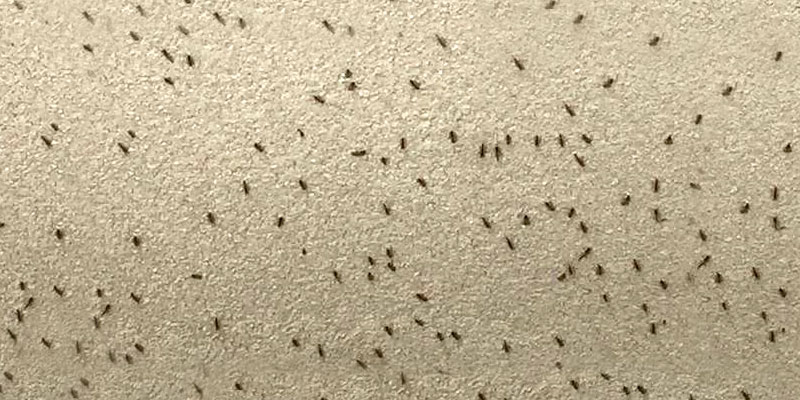
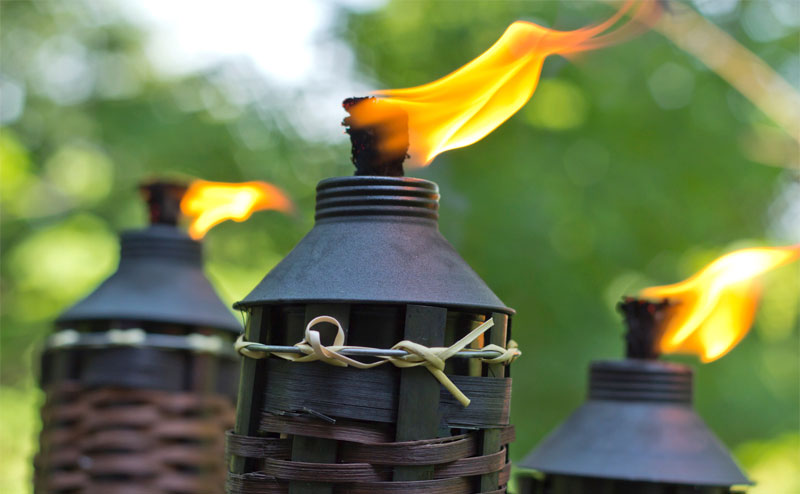

Thank you for a very informative post. We have been dealing with the noseeums in house for many months. Hired a very highly-rated exterminator, but they are still here. He came every week, but may have utilized a spray for gnats and not specifically for Noseeums. We are getting rid of many by utilizing the ACV Vinegar/Dawn combo. We also purchased 12 Katchy catchers which seem to be helping as well, but need an exterminator who knows how to get rid of, not just repel them! We also make our own repellent which we spray on many items that has worked well also.
Concentrated peppermint spray works best for me. Hot humid. Area Hampton va. They were driving me and my dog nuts. They are definitely less of them and less bites and irritation. Just started using this for about a month now. Big difference. And it smells good. Keeps most insects away also. Peace of mind and comfort. Knowing something is. FINALLY working